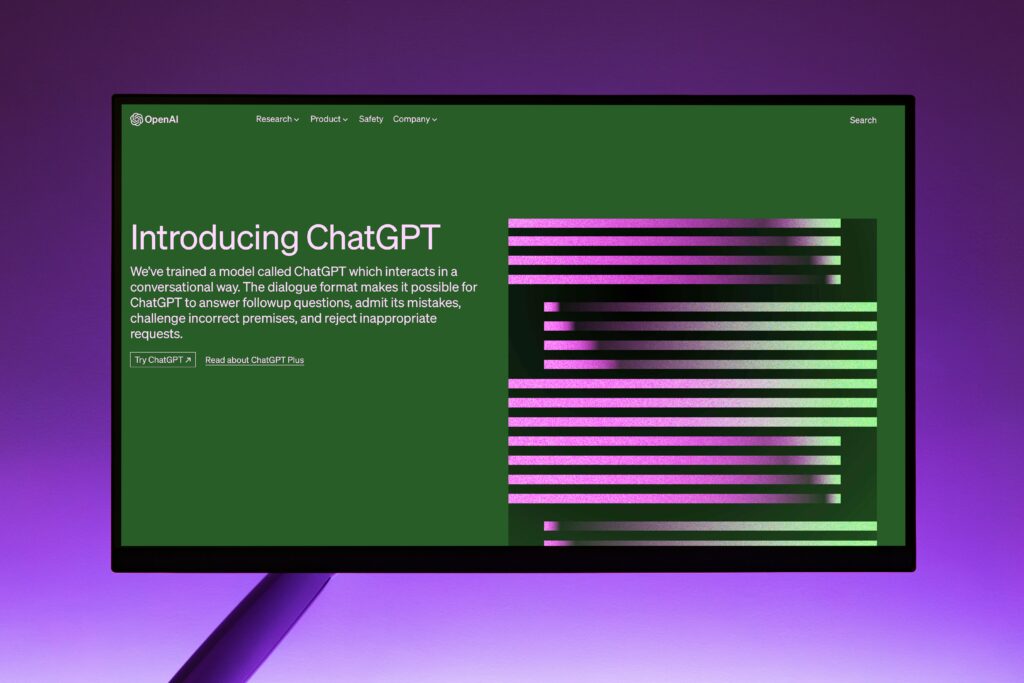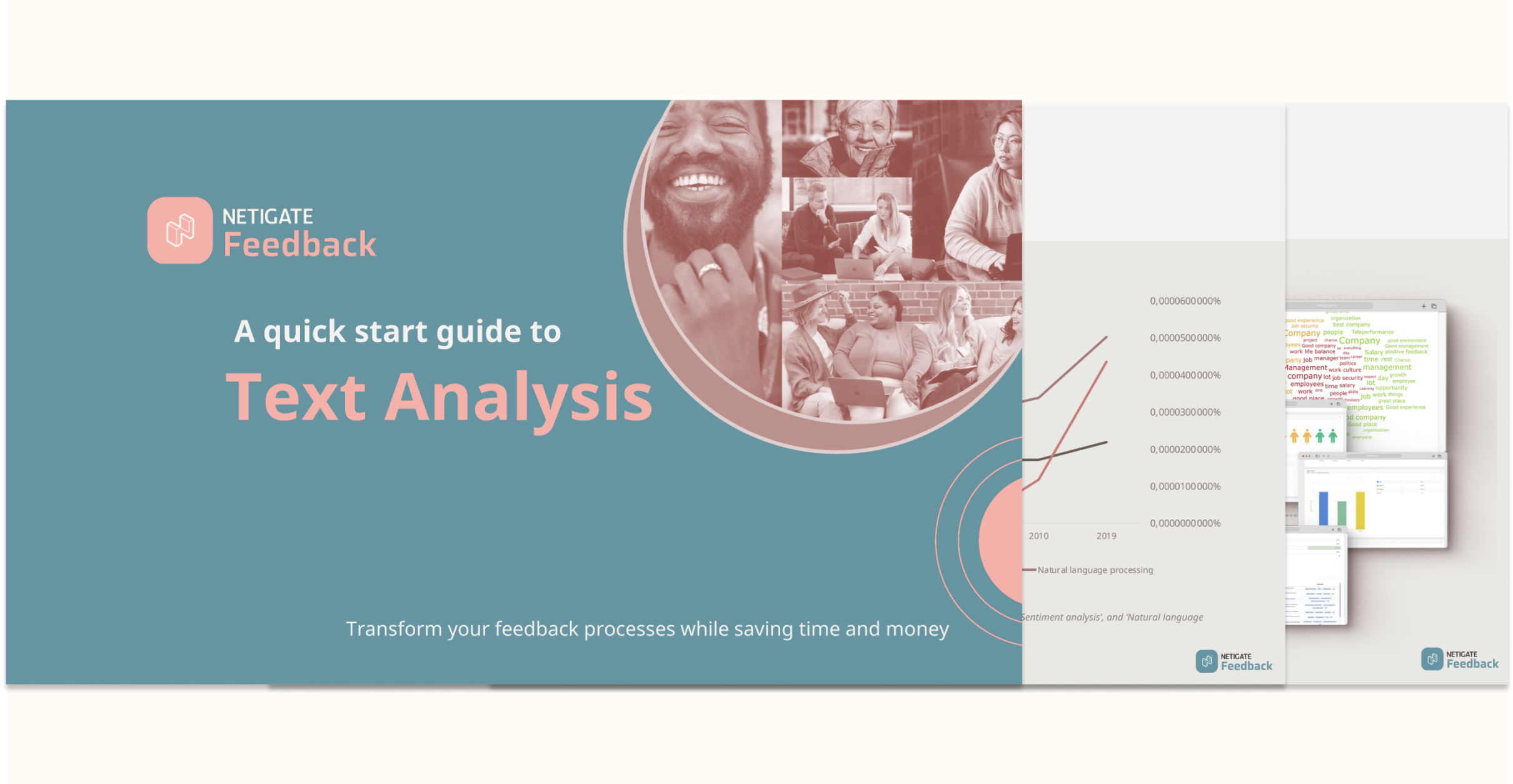Why are you conducting a survey? Exactly: To get meaningful and valuable responses. But the success of a survey and the response rate it generates is determined by a well-designed questionnaire.
However, creating an effective questionnaire is not always an easy task. Mistakes can be made, such as using technical terms that your target audience doesn’t understand, unclear rating scales, or faulty logic and branching.
To ensure a high response rate and collect meaningful data, pre-testing the questionnaire is essential. In this blog post, we’ll go over the importance of pretesting and give you some valuable tips from our Netigate experts to help you optimize your survey.
Survey pretesting: what to consider
First of all: Our tips & tricks give you simple assistance for testing your questionnaire. However, these do not constitute a “real” pretest, as is common in market research, for example. These pilot pretests take a more comprehensive approach, but are also significantly more time-consuming to conduct.
A pilot pretest involves conducting extensive tests of the questionnaire with a carefully selected sample of the target audience. This approach is particularly recommended for large target audiences and when the survey results have significant business implications. A pilot pretest allows you to thoroughly evaluate all aspects of the questionnaire, identify potential weaknesses, and make informed adjustments before launching the survey on a large scale.
You would like to carry out such a test? Then contact us! Our Netigate Consulting Team also supports you with pretests and pilot tests.
Tips & tricks for pre-testing your questionnaire – guaranteed to be ready for everyday use!
But yes, even in normal everyday work with a survey tool there are situations when the questionnaire simply needs to be tested pragmatically.
And for these cases we have prepared the following tips for you:
- Get feedback from your peers: Testing the questionnaire on your own is a good start, but operational blindness can set in quickly. To gain valuable insights, send your test questionnaire to a select group of colleagues and discuss the following questions with them:
- Are the questions really easy to understand?
- How long does it take to complete the questionnaire (quite realistically!)?
- Do all logics and branches work, or do users end up in dead ends?
- Learn from past surveys: You have already conducted surveys? Perfect! Then take a look at old results and reports. Look at when participation in questions (i.e., the number of responses) starts to drop off. Analyze these “breaks” in respondent participation to identify areas for improvement for your new questionnaire.
- Improve your explanatory texts: Based on the results of your pre-test, adjust the explanations or instructions for participants, especially in the invitation or introduction text. Clear and concise communication about the purpose of the survey and the expected completion time helps participants gauge the effort required and encourages them to complete the survey. Transparent instructions lead to higher completion rates.
- Use ChatGPT to pre-test your survey: Surprisingly, you can use ChatGPT to further improve your questionnaire. By entering the text version of your questionnaire and providing information about the target audience or pre-test questions, ChatGPT can provide valuable insights. You will be amazed at the depth of analysis that will help you refine your survey instrument.
Summary: Why testing your questionnaire is so important
While there is no such thing as a perfect questionnaire, we can strive for continuous improvement in every survey we conduct. Pre-testing your questionnaire will ensure its effectiveness and increase response rates. By gathering feedback from colleagues, learning from previous surveys, tweaking survey instructions, and using tools like ChatGPT, you can create a well-designed questionnaire that provides valuable insights. Remember, every survey is an opportunity to improve your feedback and refine your understanding of your audience.
Would you also like to conduct professional surveys with Netigate? Book your demo here





